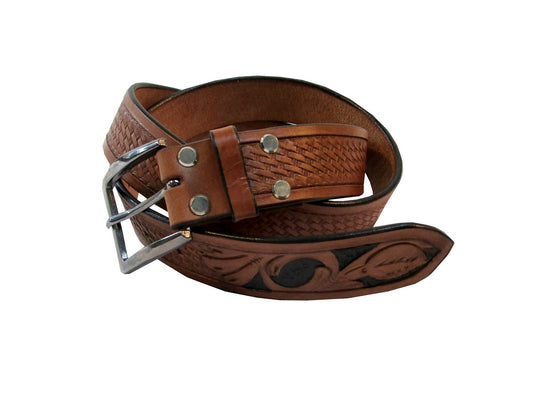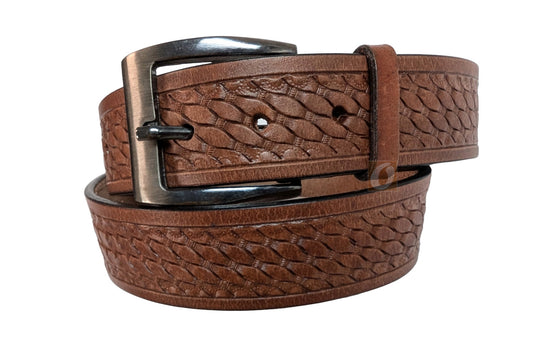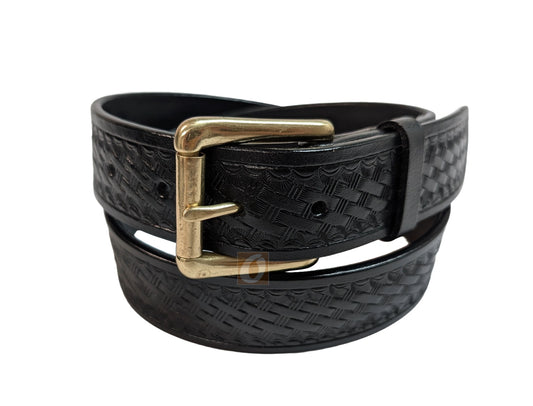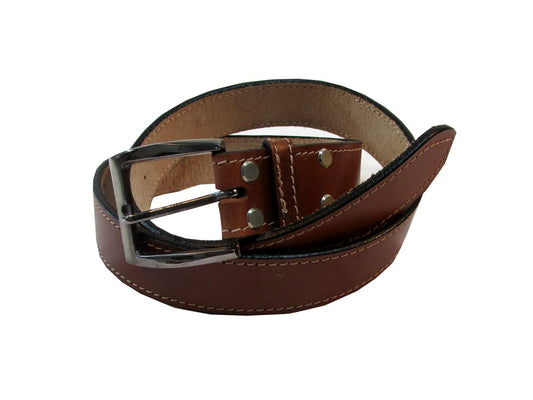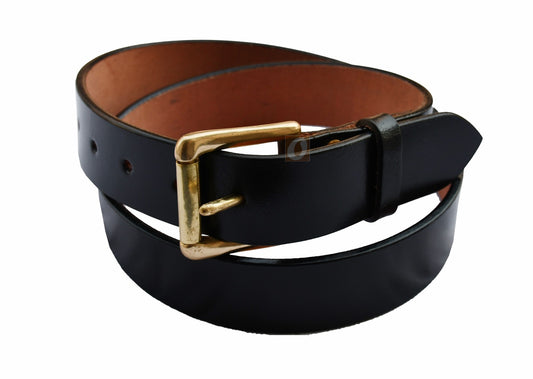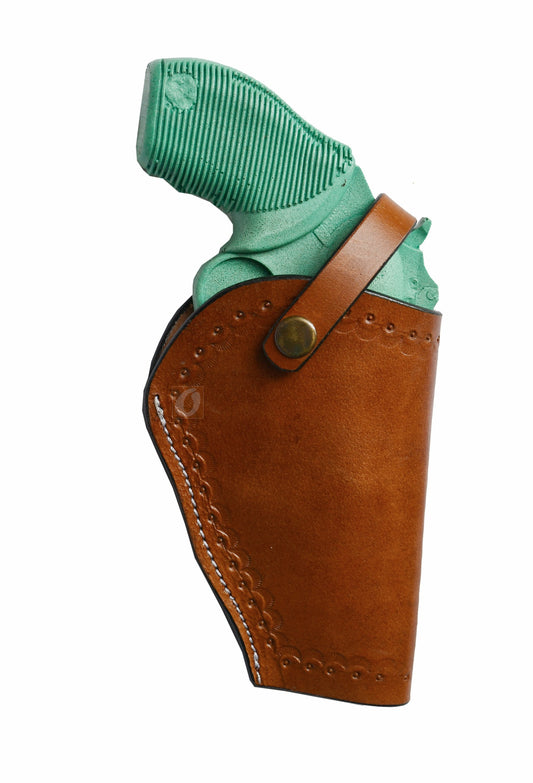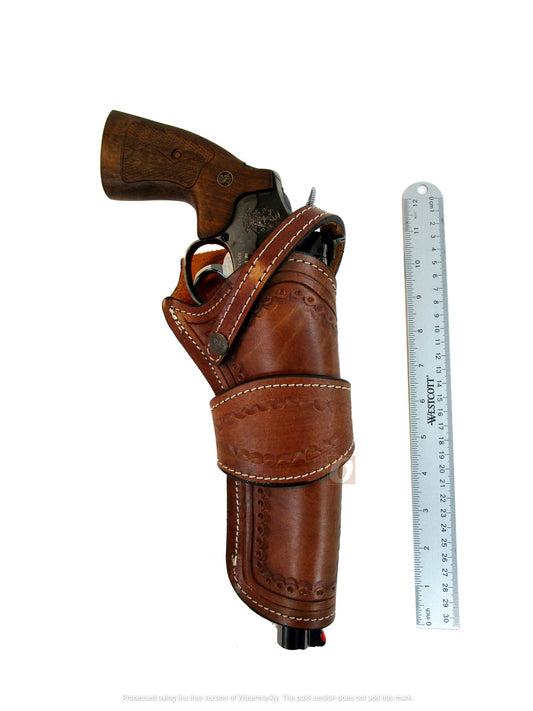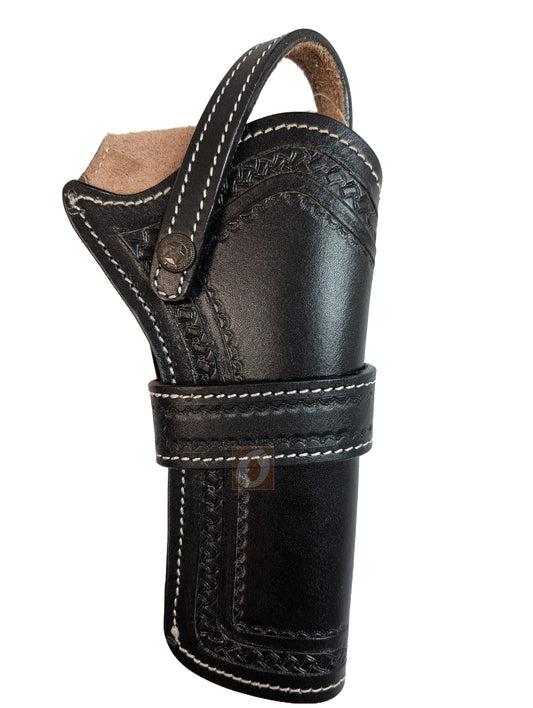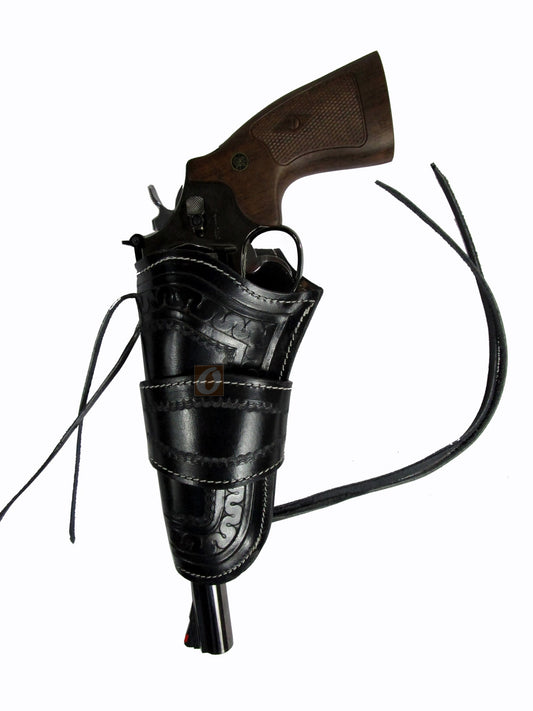Understanding Holster Retention Systems: What You Need to Know.
Holster Retention Levels — Which One Do You Actually Need for Everyday Carry?
Understanding how holster retention works is critical if you carry for protection — not just convenience. The right retention level ensures your firearm stays secure during movement while still allowing a clean, confident draw when it matters most.
What Is Holster Retention?
Holster retention refers to how securely your firearm is held in the holster — and how intentionally it must be released. A good holster prevents accidental loss or unauthorized access while still allowing a smooth draw under pressure.
Main Retention Types You Should Know
1. Friction Retention (Level 1)
Uses natural tension from the holster against the gun — especially around the trigger guard. Fast, silent, and ideal for concealed carry and low-profile civilian use. Recommended for: IWB concealed carry, EDC draw training Explore everyday-ready holsters
2. Thumb Break Retention
Adds a leather or snap strap you must intentionally release with your thumb. Gives extra peace of mind without making the draw too slow. Recommended for: those who want added security while staying civilian-focused See crossdraw retention holsters
3. Active Retention (Level 2 and Level 3)
Advanced retention using locking triggers, push buttons, or rotating hoods. Designed for professionals — not overkill, but requires training discipline. Recommended for: higher-risk environments, security professionals — only if you’re trained
How to Choose the Right Retention Level
- **Carrying daily in public?** Friction or thumb break is ideal — fast and realistic. - **Driving, seated, or moving frequently?** Consider crossdraw or thumb retention. - **Need serious anti-grab security?** Level 2+ only if you train with it — never carry what your body hasn’t practiced.
Find Your Holster Confidently
You don’t need the most tactical option — you need the one that matches your real life. Start here: Leather Holsters | Crossdraw | Belts
FAQ
Is Level 2 retention necessary for civilians?
Not always — friction or thumb break is more than enough for responsible everyday carry.
Does higher retention slow down the draw?
Yes — which is why you must only carry what you’ve trained with. Speed must be earned, not assumed.
Is leather still trusted for retention?
Absolutely — leather naturally molds to your firearm, especially when broken in correctly.


